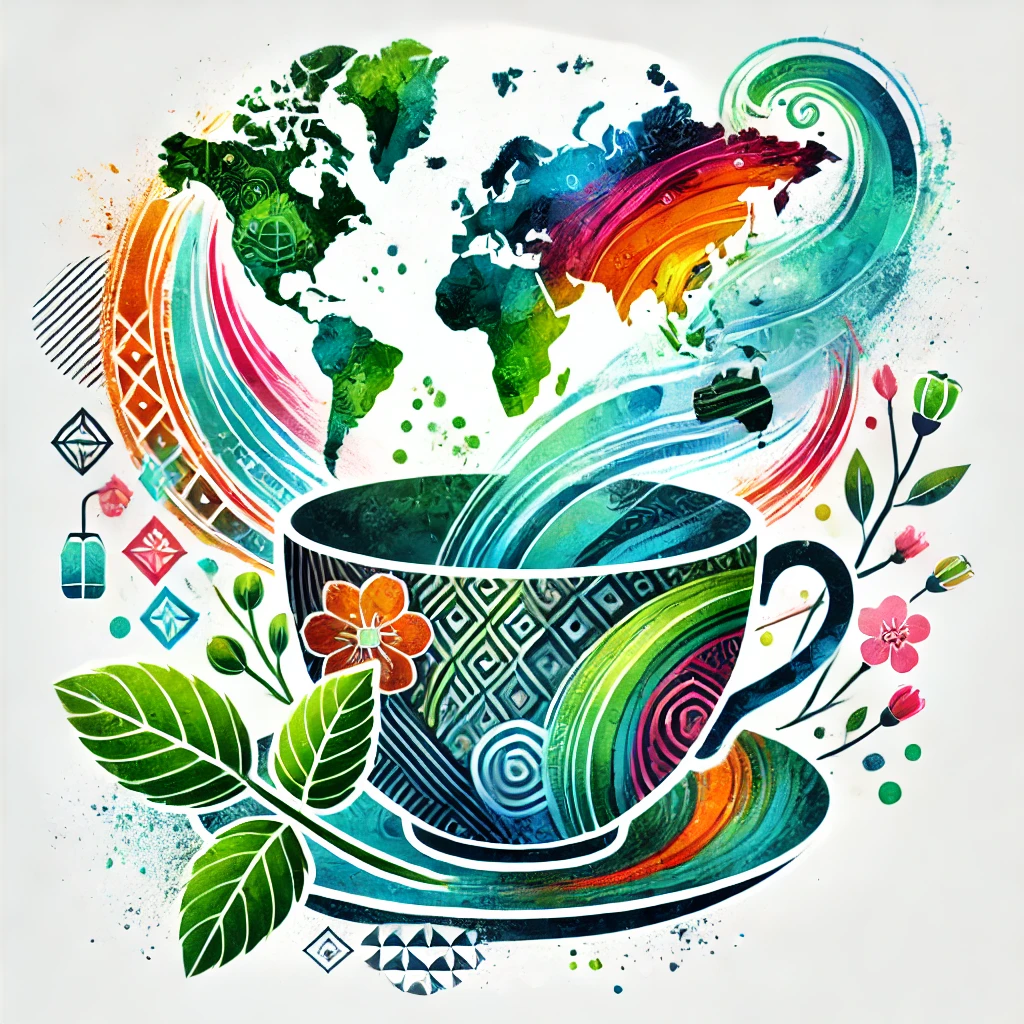Tea Culture
Tea culture spans centuries and continents, weaving itself into the daily lives and traditions of millions. From the misty mountains of China to the serene gardens of Japan, from the stately drawing rooms of Britain to the bustling bazaars of Morocco, tea is more than a beverage. It is a symbol of hospitality, a moment of reflection, and often a ritual passed down through generations. As we explore the nuances of tea culture, we uncover not only the leaves themselves but also the philosophies, stories, and ceremonies that make tea an enduring global treasure.
Seasonal Tea Traditions
Many cultures embrace tea differently depending on the season, aligning their rituals with the natural rhythm of the year. In China, spring heralds the arrival of fresh green teas like Longjing, celebrated for their delicate flavor and vibrant color. The first pluckings, known as "mingqian," are especially prized and symbolize renewal and prosperity. In contrast, the cool months of winter invite the warmth of darker teas such as Pu-erh, which are believed to offer restorative properties and fortify the body against the cold.
Japan celebrates seasonal tea traditions with equal reverence. The Japanese tea ceremony, or "chanoyu," often incorporates seasonal motifs in its choice of tea utensils and accompanying sweets. During the spring, cherry blossoms inspire both the décor and the mood, while in autumn, maple leaves and chestnuts create a reflective atmosphere. Meanwhile, in India, the monsoon season breathes new life into the lush tea gardens of Assam and Darjeeling, influencing both the harvest cycle and the flavors that fill the cup.
Tea Etiquette
Understanding tea etiquette enhances the appreciation of tea culture by fostering respect and mindfulness in its preparation and sharing. In China, the traditional Gongfu tea ceremony involves intricate steps designed to honor the leaves and the guests alike. Each movement, from warming the cups to pouring the tea in a circular motion, is performed with intention. The host pours tea for others before serving themselves, reflecting a deep-rooted sense of courtesy.
In Morocco, tea etiquette takes on a lively character. Moroccan mint tea, often called "atai," is poured from a height to create a frothy surface, a sign of skilled preparation. It is customary to offer three servings, each with a slightly different flavor profile, symbolizing life, love, and death. Guests are expected to accept the tea as a gesture of friendship, making the act of sharing tea an essential element of hospitality.
Tea and Food Pairings
Tea and food pairings elevate the sensory experience, much like wine pairings in fine dining. Delicate green teas complement light dishes such as steamed fish or fresh salads, as their vegetal notes harmonize beautifully with subtle flavors. Oolong teas, with their complex profiles, pair wonderfully with richer fare like roasted duck or spiced noodles, enhancing the umami and adding depth to the meal.
In the British tradition, afternoon tea epitomizes the art of pairing. Classic black teas such as Earl Grey or Darjeeling are served alongside finger sandwiches, scones with clotted cream, and an array of pastries. The tannins in the tea balance the sweetness of the desserts and cleanse the palate between bites. Similarly, in Japanese cuisine, matcha is not only consumed as a beverage but also incorporated into confections like mochi and wagashi, creating a harmonious culinary experience.
Legends and Stories of Tea
The origins of tea are steeped in legend, adding a layer of mystique to its already rich history. One of the most famous tales hails from China, where Emperor Shen Nong is said to have discovered tea around 2737 BCE. According to the legend, while boiling water beneath a tea tree, leaves drifted into his pot, creating a fragrant infusion that he found both refreshing and invigorating. This serendipitous moment marked the beginning of tea's journey across the world.
In Japan, the story of the monk Eisai brings spiritual significance to tea culture. After studying Buddhism in China, he returned to Japan in the 12th century with tea seeds and the conviction that tea could aid meditation by sharpening the mind. His teachings laid the foundation for the Japanese tea ceremony, which remains a meditative practice to this day. Meanwhile, in England, the introduction of tea in the 17th century sparked a cultural phenomenon, with tales of merchants and monarchs alike captivated by its charm.
The Enduring Allure of Tea
Tea continues to enchant both newcomers and connoisseurs alike, evolving with the times while preserving its timeless essence. Artisans experiment with new blends, merging traditional techniques with contemporary tastes to create innovative brews. Tea tourism has blossomed, inviting travelers to explore plantations, participate in harvests, and immerse themselves in local tea customs. Whether sipped in solitude or shared among friends, tea remains a universal language of comfort, connection, and discovery.
As we delve deeper into the culture of tea, we uncover a world that transcends borders and generations. Each cup tells a story of climate, craftsmanship, and community, inviting us to pause and appreciate the simple yet profound pleasure of tea. In doing so, we not only honor ancient traditions but also cultivate moments of serenity and joy in our everyday lives.
